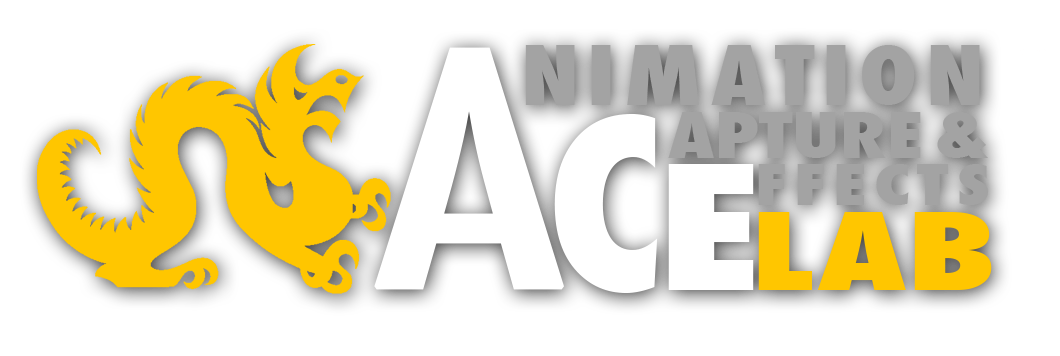STUDY VR
A Kinesthetic Learning Framework for the HTC Vive1st Place Winner in “Human Well-Being” at the MIT Reality Virtually Hackathon, 2016
Created in 32 Hours by the Drexel University VR Club
Project Description
When you were in school, were you ever bored by a concept that you couldn’t apply to real life? Most children learn best through doing, and StudyVR is our solution to engage the next generation of kinesthetic learners.
StudyVR is a learning tool for grade school kids to connect with their science classes with the HTC Vive, using kinesthetic hands-on interaction with a room-scale virtual reality system to engage children on a deeper cognitive level.
Our content is designed to work with the NGSS (Next Generation Science Standards) curriculum, an initiative by 26 US states to revitalize STEM teaching with technology integration and an interdisciplinary curriculum. One major goal of NGSS is to demonstrate how scientific concepts can span across different subjects, and our application achieves that with two immersive learning modules that apply a singular mechanic to two areas of science education. All assets were created by our team of 3D modelers in 32 hours for the MIT VR Hackathon, making this proof of concept an experience that can’t be found anywhere else.
On the first day of the Hackathon, we surveyed elementary and middle school teachers on Reddit to determine what subjects their students struggled to learn with traditional textbook examples. Using the concept of “pressure” as a keystone, we developed two modules that integrate a singular mechanic with real-world examples in the fields of Physics and Life Sciences. Students can help a goldfish swim around a tank by adjusting the pressure of its swim bladder, control a hot-air balloon while learning about the Ideal Gas Laws, and watch narrated videos that reinforce the science behind the simulations for auditory and visual learners. A study room serves as a centralized hub to this experience, allowing the players to travel between lessons through “portals” in their textbooks by diving straight into the content.
While this experience was developed to take advantage of hands-on Vive interactions, our single-input mechanic can be easily adapted to Google Cardboard. The accessibility of Mobile VR could bring immersive educational experiences to any child with a smartphone, while the Vive version could be used in classroom demonstrations and home study.
When we showed our proof of concept to a group of elementary school children on a Hackathon tour, we asked them about how much fun it was and quizzed them on the content covered. Everyone interviewed was able to explain the concepts by relating back to their own experience, how they made the goldfish and hot air balloons move, and what they saw after completing these actions. We are confident that this experience has the potential to be expanded upon in further pedagogical applications
